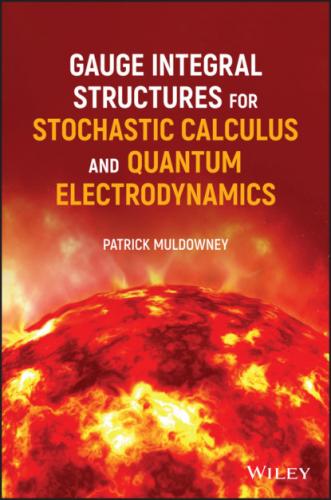Does the definition of stochastic integral in I1, I2, I3 yield such a unique value for
If the integral does not have a unique value, what connections may exist between alternative values? Suppose there is more than one candidate random variable, say
In that case, what is the relation between
The framework outlined above does not include the important case
converge as
and the weak limit t is a fixed real number which can be regarded as a degenerate random variable. This result is basic to the construction I1, I2, I3, I4.
A closer reading of source material may provide answers and/or corrections to some or all of the above comments and queries. Any misinterpretation, confusion, and errors may be dispelled by closer examination of the underlying ideas.
Aside from these issues, and looking beyond the classical mathematical theory, the general idea of stochastic integral is, in intuitive terms, a persuasive, natural and practical way of thinking about the underlying reality.
An alternative (and hopefully more understandable) mathematical way of representing this reality is presented in subsequent chapters of this book.
Example 2
In order to focus on the underlying ideas, here is a simple illustration. Suppose, at different times t,
and probability
